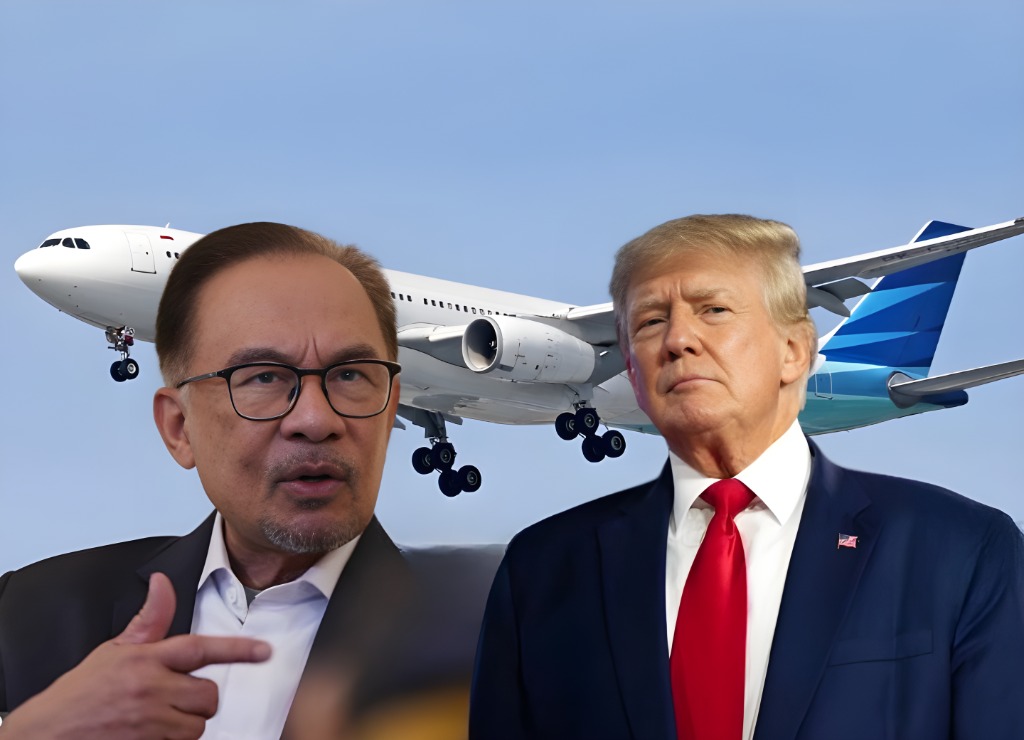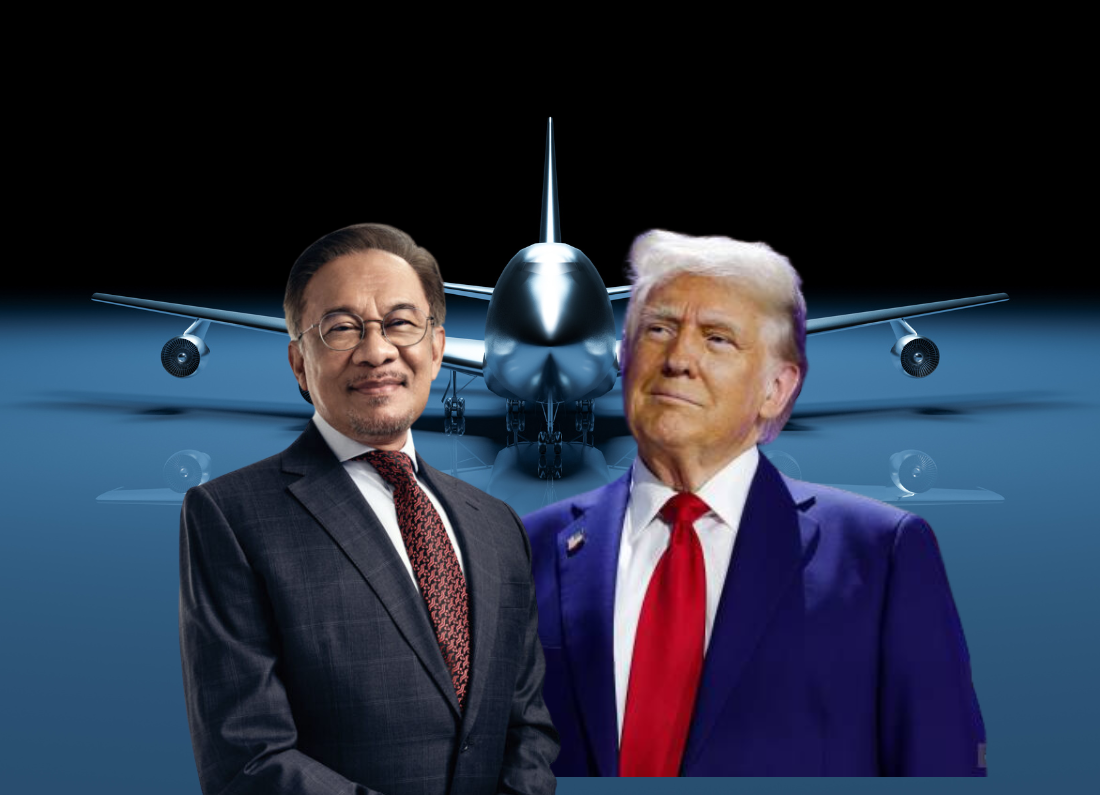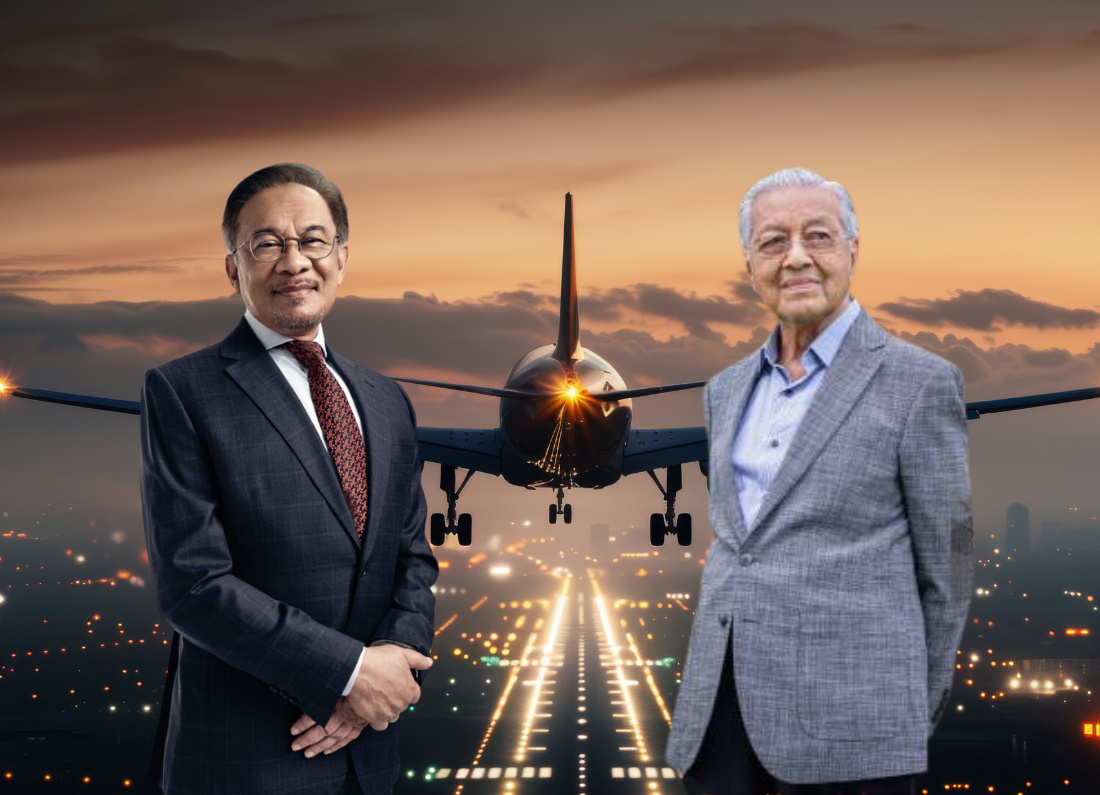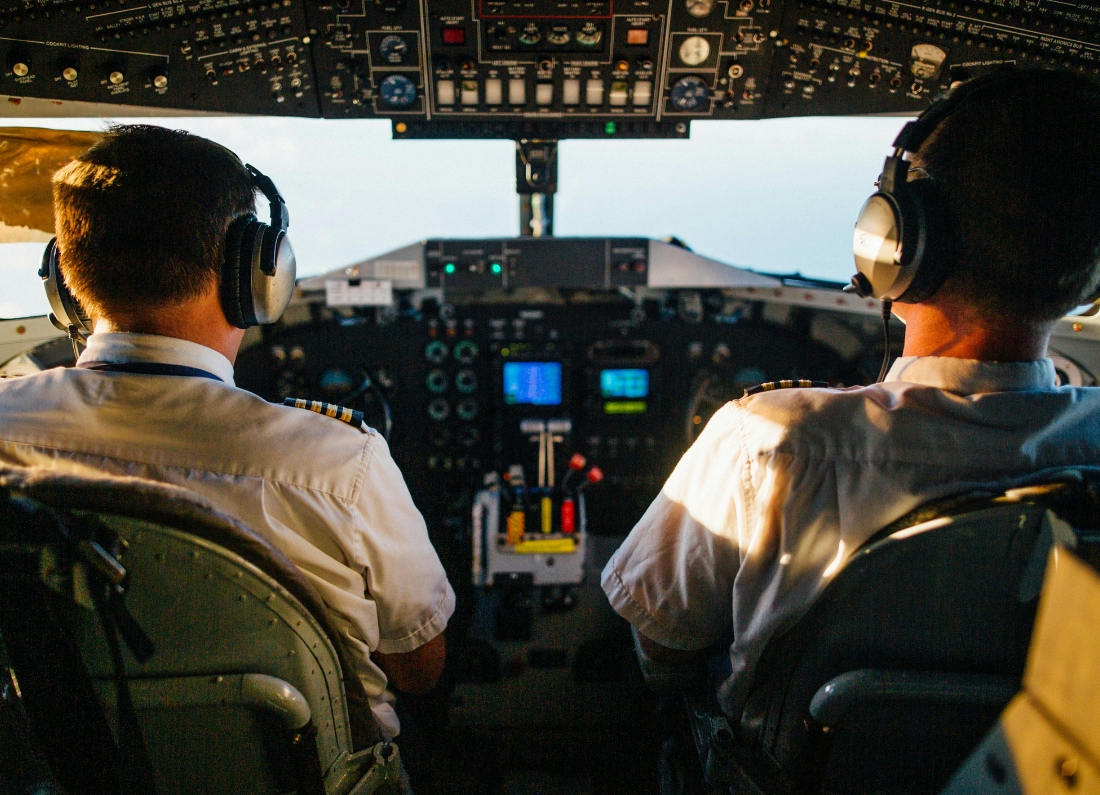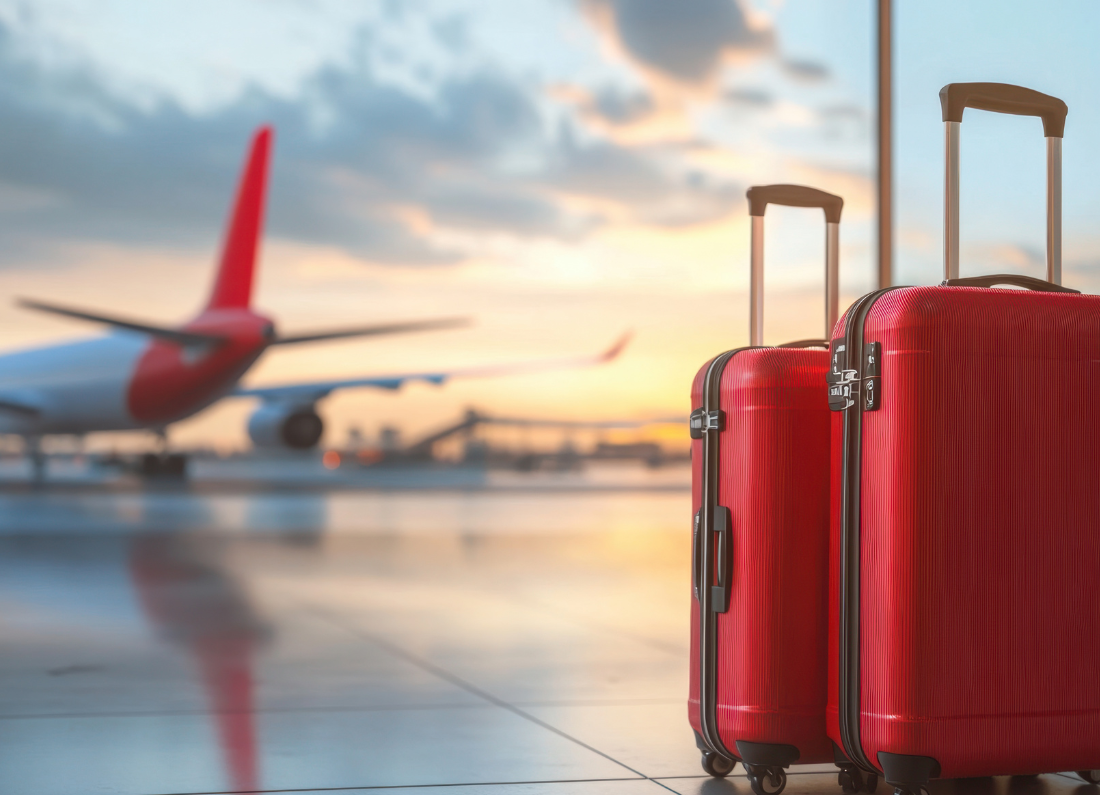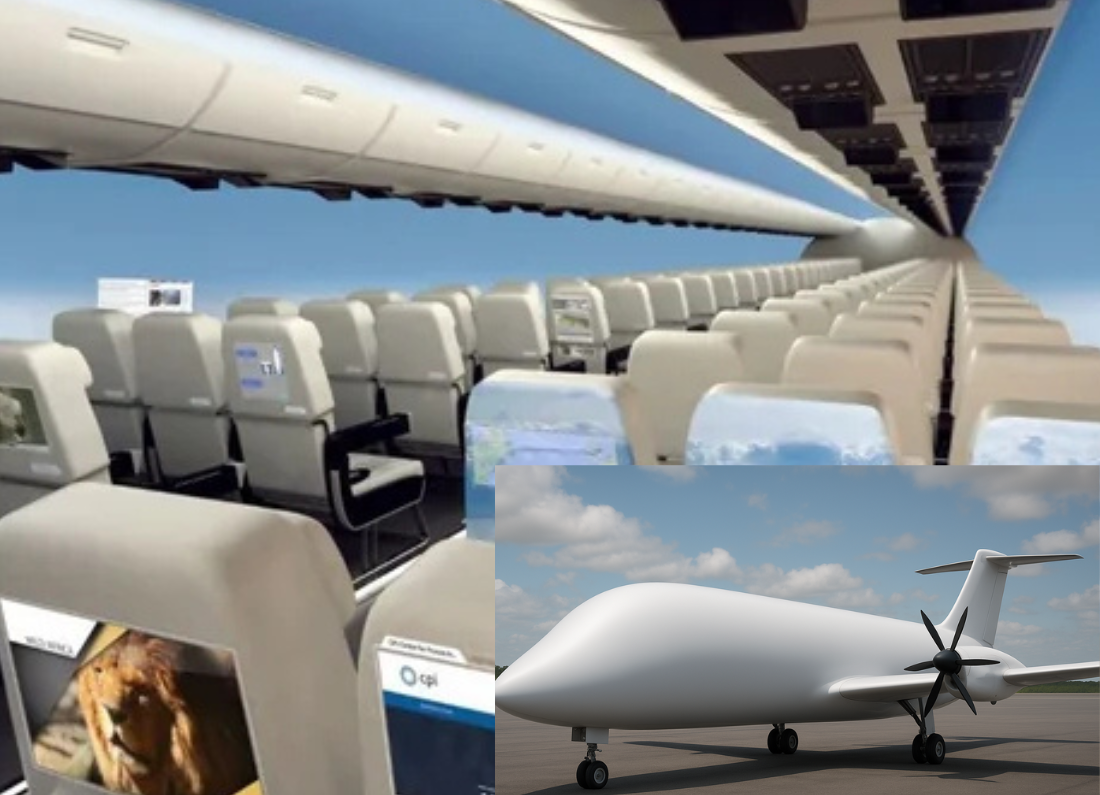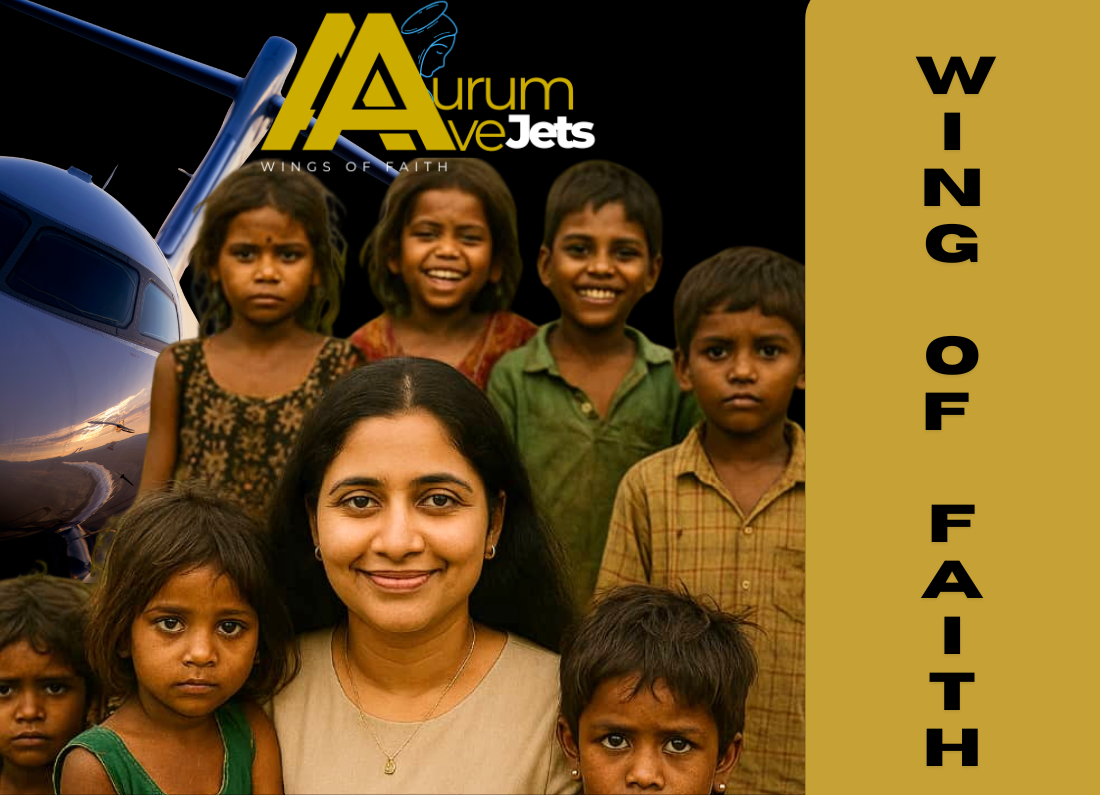The Crucial Role of Pilot Training in Aviation Safety and Excellence
Every safe flight and successful airline operation relies heavily on the expertise of well-trained pilots. In today’s rapidly evolving aviation landscape, flight academies serve as vital training centers that not only teach the technical skills necessary for flying but also instill a strong sense of responsibility and safety awareness in their students.
With global air travel experiencing a robust rebound post-pandemic and the demand for qualified pilots skyrocketing, the attention is increasingly focused on flight schools and aviation academies. These institutions play a critical role in producing pilots who possess not only the basic flying skills but also advanced competencies essential for navigating the challenges of modern airspace. This includes mastering the latest avionics technology, understanding complex air traffic control systems, and adhering to rigorous safety protocols.
Furthermore, today’s aviation environment demands pilots who are adaptable and can make quick, informed decisions under pressure. As air traffic becomes more congested and environmentally sustainable practices gain importance, flight training programs are evolving to incorporate comprehensive curricula that address these modern challenges, equipping future pilots with the skills necessary for a successful career in aviation. By prioritizing quality training, these academies contribute significantly to both the safety of passengers and the overall excellence of the aviation industry.
The Role of Flying Academies in Modern Aviation
Flying academies do far more than teach students how to control an aircraft. They instill a mindset of discipline, professionalism, and continuous learning. The quality of a pilot is built from day one, with a structured training approach that covers:
- Technical Proficiency: Aircraft systems, flight maneuvers, emergency procedures, and navigation.
- Safety Culture: Understanding that safety is always the top priority.
- Decision-Making Skills: Training pilots to assess situations quickly and make sound judgments.
- Human Factors Awareness: Managing fatigue, stress, and cockpit resource management.
- Adaptability to Technology: Preparing pilots to handle modern, highly automated cockpits.
Global Standards and Accreditation
The quality of a flying academy is often measured by its alignment with international aviation authorities like the International Civil Aviation Organization (ICAO), European Union Aviation Safety Agency (EASA), and Federal Aviation Administration (FAA). Academies that meet these high standards ensure their graduates are globally competent and capable of transitioning into commercial airline operations smoothly.
Modern Training Tools and Technologies
Quality flying academies are embracing state-of-the-art training technologies, including:
- Advanced Flight Simulators: Providing real-world scenarios without risk, allowing trainees to practice complex emergencies, challenging weather conditions, and multi-crew operations.
- Virtual and Augmented Reality (VR/AR): Enhancing situational awareness and technical training.
- Integrated Learning Systems: Combining classroom theory with simulator and flight line experience in cohesive, progressive syllabi.
These modern tools help develop pilots who are not only technically proficient but also capable of operating in increasingly sophisticated aviation environments.
Flight Instructor Quality: The Backbone of Pilot Training
The standard of instructors directly impacts the quality of graduating pilots. Skilled, experienced flight instructors instill proper flying techniques, discipline, and safety habits from the earliest stages. A strong mentorship culture within flying academies encourages students to continuously strive for excellence.
Soft Skills and Professionalism
Flying academies today emphasize more than stick-and-rudder skills. Developing communication abilities, teamwork, leadership, and ethical decision-making is essential to preparing well-rounded pilots who can thrive in a multi-crew, cross-cultural, and high-pressure airline environment.
Meeting Global Pilot Demand
Boeing and Airbus forecast that the aviation industry will need over 600,000 new pilots globally by 2040. Flying academies are at the forefront of this effort, accelerating training pipelines while maintaining high standards.
The best academies are not merely diploma mills as they balance the need for speed with a commitment to graduating pilots who are fully prepared, both technically and mentally, for commercial aviation.
Challenges for Flying Academies
Despite their critical role, flight schools face challenges, including:
- Rising training costs and student financing barriers.
- Instructor shortages.
- Fleet modernization requirements.
- Regulatory pressures to maintain safety and quality amid high demand.
Flight schools that successfully navigate these hurdles are those that invest in fleet upgrades, instructor development, and partnerships with airlines to provide structured pathways for graduates.
Flying academies serve as more than just training centers; they are essential gatekeepers of aviation safety, discipline, and professionalism. In an era where the aviation industry is undergoing rapid modernization and expansion, the quality of pilots produced by these academies will heavily depend on their ability to adapt and innovate.
To effectively prepare aspiring pilots for the complexities of modern aviation, flight schools must invest significantly in advanced technology, such as state-of-the-art flight simulators, drone technology, and data analytics tools. These resources not only enhance the training experience but also ensure that pilots are proficient in both traditional flying skills and emerging aviation technologies.
Upholding rigorous training standards is paramount. This includes implementing comprehensive curricula that cover a wide range of subjects, from aerodynamics and meteorology to human factors and emergency procedures. Regular assessments and hands-on training sessions will further guarantee that students receive the most thorough education possible.
Additionally, fostering a deeply ingrained safety culture within these academies is critical. This can be achieved through mentorship programs, regular safety workshops, and collaboration with industry leaders to stay updated on best practices and regulatory changes. Such initiatives will instill in future pilots a profound respect for safety protocols and a strong commitment to professional conduct.
Ultimately, when passengers step onto an aircraft, they are placing their lives in the hands of the pilot. This trust is built from day one at the flying academy, where the foundational skills, knowledge, and safety values are imparted. By continually evolving and improving, flying academies will play a pivotal role in shaping pilots who are not only competent but also capable of navigating the challenges of future aviation landscapes with confidence and excellence.



